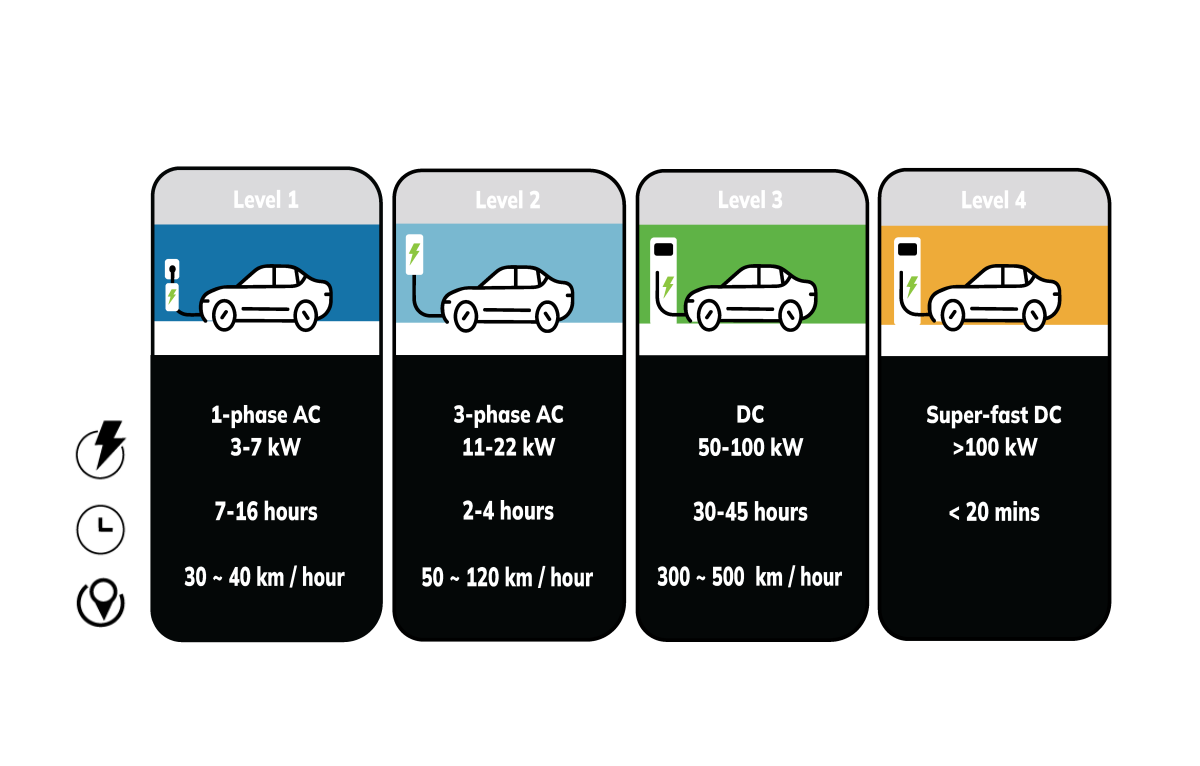EV Charging Optimization With Machine Learning And AI

Intro
Recently, we can see smart grid concepts moving from prototypes toward implementation. Renewable energy sources and electric mobility put new challenges on the existing distribution system infrastructure. In the so-called demand–response energy forecasting, AI and machine learning play an important role in ensuring the stability of the distribution system.
The general acceptance of electric vehicles (EVs) and their large-scale deployment requires a good charging infrastructure. Overcoming the issue of prolonged charging time simply by adding more EV charging stations does not work due to the limitations of physical space and grid. Therefore, research should focus on the development of smart forecasting and optimization algorithms.
The planning of charging infrastructure
The planning of charging infrastructure involves various tasks, for example charging station placement and demand prediction. The potential extent of utilization plays an important role during the process of EV infrastructure planning. Demand prediction helps to estimate the ROI of installing charging stations.
As mentioned above, the impact of EV stations on the existing grid is not negligible and utility providers are interested in the information about expected load profiles before the installation. Uncoordinated massive installation of new charging points can cause instability in the power distribution network. With the ambitious EU Green Deal target of 1 million charging points by 2025, this topic becomes even more urgent.
The figure below shows four different charging point types, as defined by the European Court of Advisors in their Infrastructure for charging electric vehicles 2021 report:

Commonly used machine learning and predictive analytics methods utilized for load demand prediction include linear regression and artificial neural networks (ANN). For tasks encompassing time-series data processing and considering long-term dependencies, a recurrent neural network model known as long short-term memory (LSTM) is used.
Availability information
The planning of long-distance trips using an electric vehicle is complicated by the absence of adequate user information on the availability of charging stations. Since a reasonable amount of charging will take dozens of minutes, it would be very useful for a customer to know how much energy will be available at a given charging station at a given time.
Therefore, not only the provider but also the customer will significantly benefit from an algorithm that can predict the load demand at charging stations. It would be beneficial for customers if they could receive the availability prediction information on their smartphone, giving them an estimate of the predicted charging time for the charging points along their route.
Customer behavior analysis
Nowadays, there have been growing attempts to identify customer charging behavior patterns to provide data-driven insights. Here are some examples of valuable insights for the EV charging service providers:
- Statistical analysis of EVs population distribution, for example, battery capacity and charging speed
- Analysis of customer habits, for example, where and how often they charge, what is the typical charging time and period, what is the typical state of charge values at the beginning and at the end of the charging, etc.
Customer segmentation and classification based on their behavior are typically performed by conventional machine learning methods like k-mean clustering and k-nearest neighbors.
Understanding the charging behavior of regular EV users is essential for setting up an optimal pricing strategy. Presented analyses support the idea of building tailored customer loyalty programs as well as helping to increase the market share.
Other considerations
We can also think about other applications of machine learning and AI. For example, a battery health monitoring service evaluates the battery charging process over time and monitors its degradation (or state of health), enabling the application of predictive maintenance strategies for EV batteries.
The pre-requisite for the successful deployment of every machine learning model is the collection of data of insufficient quality and quantity. The charging records database should consist of historical charging data for a given charging station and EV owner. For predictive modeling, the data can be enriched with additional input features like traffic and weather conditions.
Conclusions
Are you ready for the challenges associated with the arrival of electric vehicles and related infrastructure? Do you already collect relevant data but do not derive business insights out of it? Or you are just starting your EV mobility business and the presented topics sound interesting to you? In any case, feel free to contact us. Our team is happy to discuss possible cooperation – whether you are interested in getting the most out of your data with machine learning or in the application design and development.
Kontaktujte nás:
Vyplňte formulár alebo nám pošlite e-mail. V prípade, že sa bojíte o svoj nápad, pošleme vám dohodu o mlčanlivosti a ochrane dôverných informácií a váš nápad bude v bezpečí.


